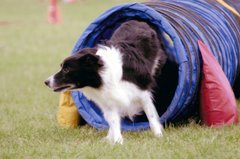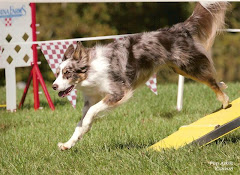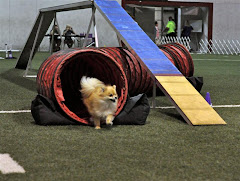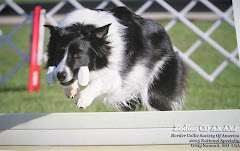Plants: What's toxic and what's not
To keep this relatively short I'm only going to focus on common houseplants. There are a lot of trees, bushes, and outdoor plants that have some toxic principle but we could be here all day going through all of those and most pets are not wandering free in gardens munching plants-usually they find something better to check out like mole hills or dead stuff!
The good news is that while many common houseplants can make your pet mildly ill most are not "toxic" in the deadly sense. Some of the plants that fall into this category are the Caladium spp, Colocasia spp, Dieffenbachia spp, Philodendron spp. Some of the common names for these plants include Dumb Cane, Mother in Law's Tongue, and Elephant ear.
The toxic principle for these plants is that calcium oxalate crystals are released upon chewing which causes oral irritation (there may be drooling and swelling of mouth tissues. Larger amounts can cause other GI sign such as vomiting and diarrhea. Treatment is to rinse the mouth with milk or water and use other symptomatic treatment as needed.
The following plants are frequently seen in homes around various holidays, although some may be present year round.
Shamrocks contain soluble oxalates that are absorbed from the gut once ingested. These can then bind to the calcium in the blood and cause a variety of signs including diarrhea and vomiting, anorexia, and drooling in small amounts and more rarely renal failure, convulsions and other signs of low calcium in large amounts. Treatment is to induce vomiting, withhold food and monitor for signs of more severe ingestion and treat appropriately if they develop.
Flowering bulbs such as tulips, iris, hyacinths, daffodils. While these are mostly outdoor plants they are often used as gifts or decor around Easter. Primarily the bulb is toxic although it varies from plant to plant. Signs include varying degrees of vomiting and diarrhea but can also include tremors, seizures and hypotension. Iris bulbs can cause liver and pancreatic damage. Treatment is to induce vomiting, give activated charcoal and perform other diagnostics and treatments as indicated by type and amount of ingestion.
Poinsettia's toxicity is actually very over rated. Most of the plant is "toxic" but mostly the seeds. The thick milky sap present if the toxin and causes vomiting, anorexia and diarrhea. Treatment is to withhold food for a few hours.
Mistletoe, while it has a low risk for causing illness can cause vomiting and depression. Treatment is to induce vomiting and withhold food.
Castor bean is not a holiday related plant but is also toxic. All parts of the plant are toxic but the seeds are the most toxic. The seeds are often used in jewelry which serve as the source of exposure.
For cats only...
Lilies (all parts of the plant) are extremely toxic to cats causing renal failure. Clinical signs include vomiting, anorexia, depression and dehydration Treatment involve aggressive IV fluid therapy for at least 48 hours and other symptomatic treatment. Treatment needs to be performed early as a delay can result in death. Although several species of Lily are toxic the Easter lily is the classic toxin as it a common decoration used in the home around Easter.
For more information on toxic plants visit the ASPCA Animal Poison Control Center












.jpg)
.jpg)



.jpg)



3 comments:
Good post for us with grazers.
I guess I am lucky Ricky doesn't go after my plants - I have lots in the house including philodendron, mother-in-law tongue and Christmas cactus! Yikes!
I think that was mostly reassuring, and sounds like most of those are not good but would not cause immediate death....I am not getting Lillies at Easter though because we have a cat, and the bulbs seem to be alluring to dogs-i know several that have gotten ahold of those, dug them up and chewed on them, so I will really watch for those.
Post a Comment